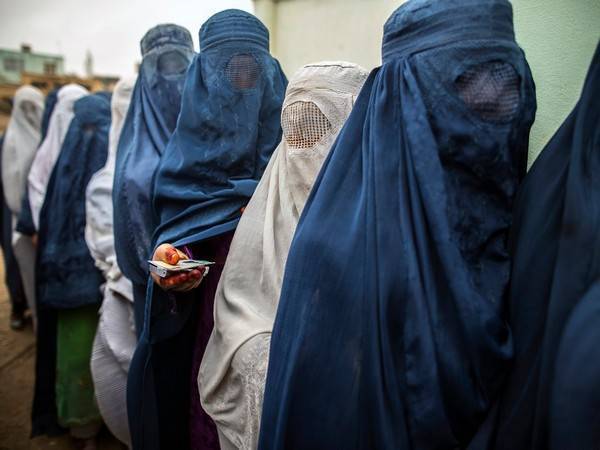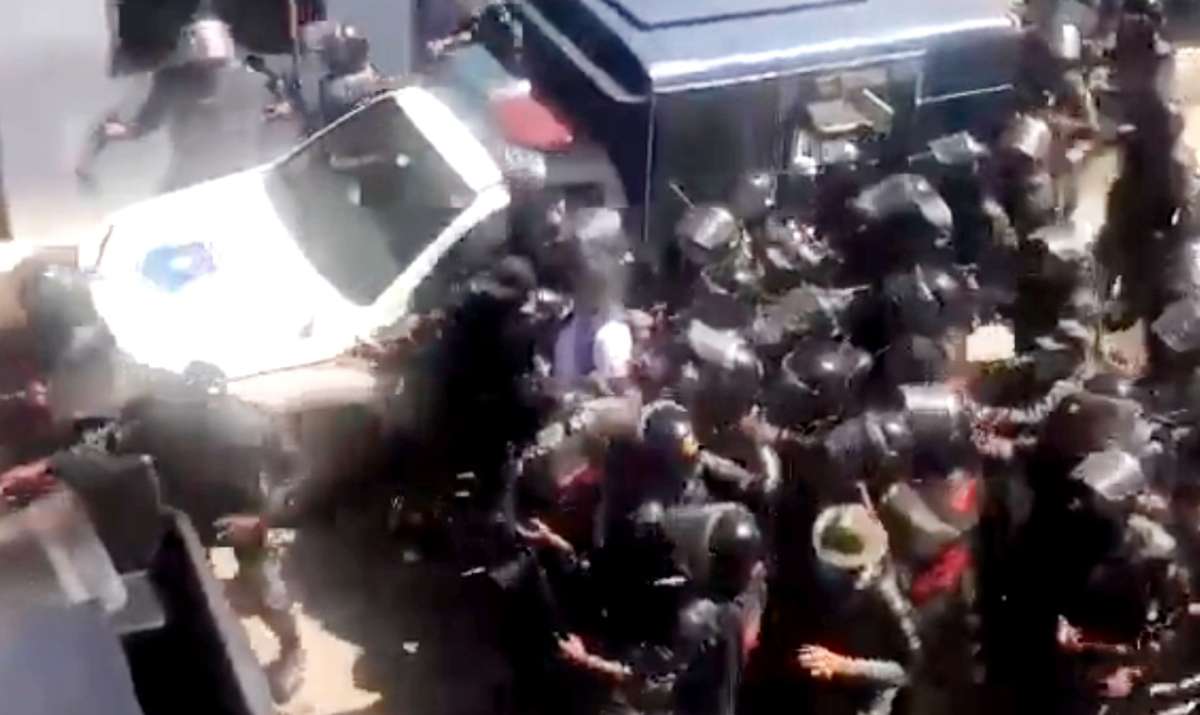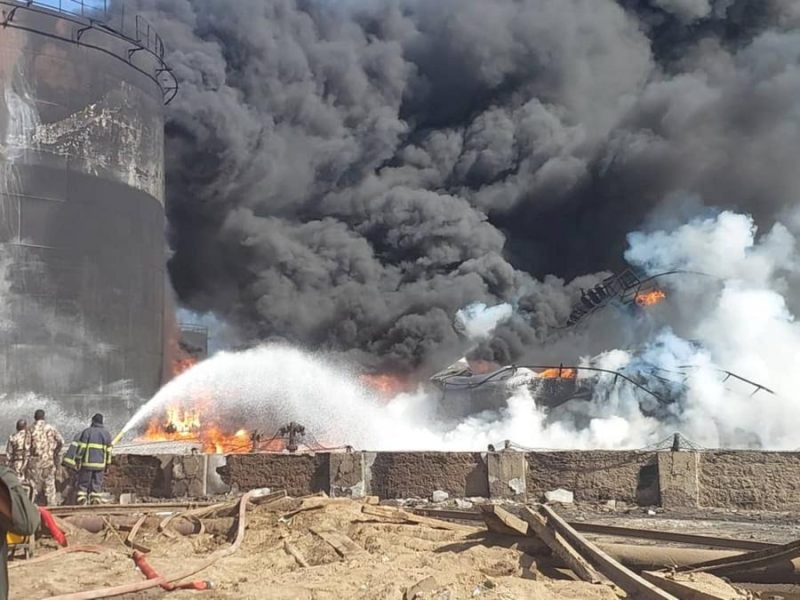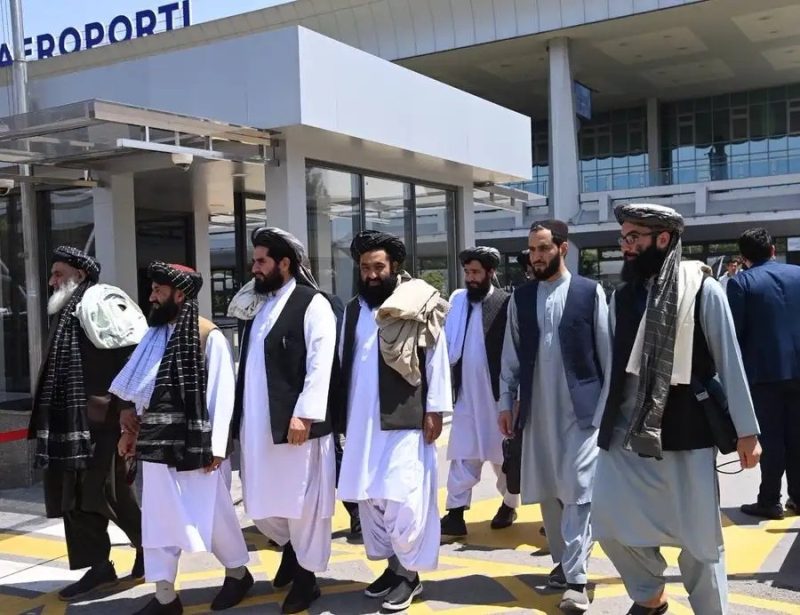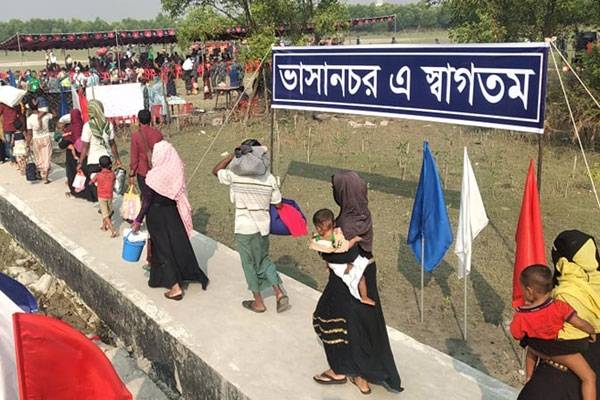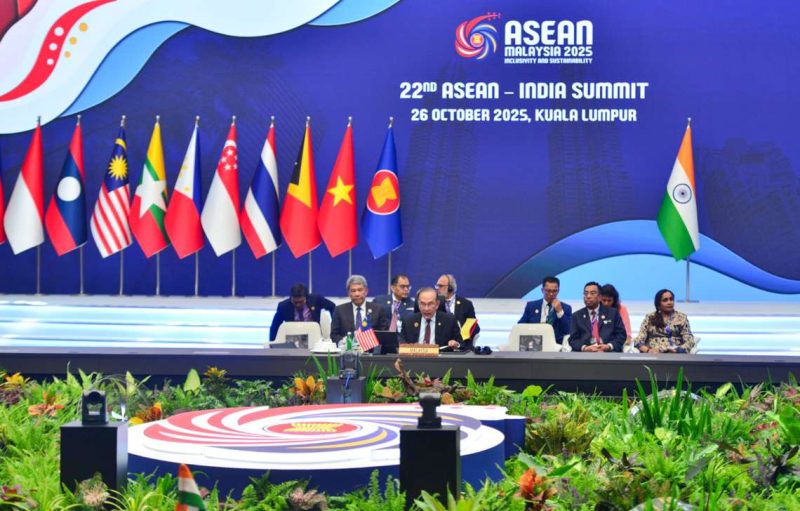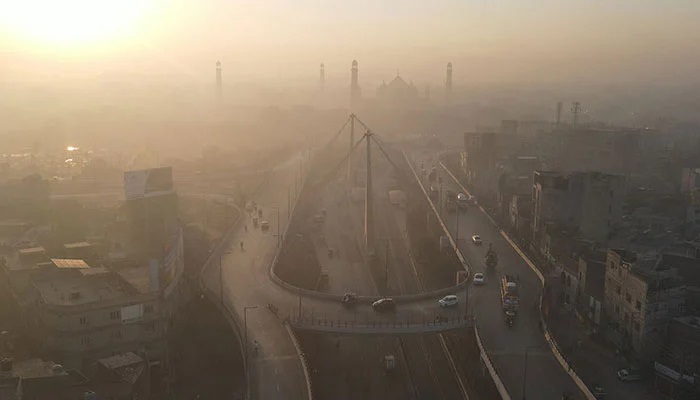Instigated by Pakistan, which, for the past five decades has been following a policy of inflicting thousands of cuts on India, these sleeper cells of Khalistanis come alive from time to time and try to foment trouble. Post – L’affaire Amritpal, the overseas Khalistani elements notably Sikhs for Justice (SFJ), Babbar Khalsa International (BKI) and Khalistan Tiger Force (KTF) appear to have bestirred themselves with some goading by their Pakistani mentors … writes Rattan Saldi
The Khalistan movement, spearheaded by some hardcore secessionist elements in India and abroad is virtually buried in history now in India though it lingers on in pockets of the liberal West. Its violent end in India came in 1984 in the holy city of Amritsar during Operation Blue Star with armed forces killing its main crusader Jarnail Singh Bhindrawale and his cronies.
Attempts miserably failed to radicalise youth in Punjab and elsewhere in India in the name of so-called ‘Dharam Yudh’ by Bhindranwale, who had proclaimed himself, head of Khalistan, a Pakistan-like theocratic state, for the Sikhs. Many radical off-shoots of majority Sikh organizations like Dal Khalsa, Damdami Taksal, All India Sikh Students Federation and the like had mushroomed, spearheading the violent movement for the establishment of Khalistan. Most of them have since become part of history, either crushed or banned by the government.

Even at the height of their violent agitation in 1982-84, the Khalistan separatists were not able to break communal harmony in their battleground state of Punjab. People did not lose their good sense; Hindus and Sikhs lived traditionally concerned for each other’s miseries and joys, maintaining ‘Roti -Beti’ relations, and sharing succour and marital relationships.
A constant fear of threat to their lives from radical elements, however, gripped them all the time in those turbulent days. By the early nineties, peace was restored in Punjab and people and the government heaved a sigh of relief.
Well, even after the Blue Star Op and the events that followed, which had left deep scars undeniably, a microscopic number of radicalized youth have survived mainly in border areas of Punjab as what are known as sleeper cells.
Instigated by Pakistan, which, for the past five decades has been following a policy of inflicting thousands of cuts on India, these sleeper cells come alive from time to time and try to foment trouble.
The recent mob violence near a prominent temple in Patiala, and the murder of a pro-Hindu Party, Shiv Sena leader in broad daylight in Amritsar are such acts to keep the security forces on high alert. Significantly, none of these violent acts could disturb communal harmony in Punjab. Nor could they trigger any hatred or discord among the Hindus and the Sikhs.
Viewed against this backdrop, the failure of Mission Amritpal Singh does not come as a surprise.
Amritpal is a self-styled Khalistan preacher – fugitive. He migrated to India in September 2022 from Dubai where he worked as a truck driver since 2012, to head ‘Waris Punjab De’ (Heirs of Punjab), a radical outfit.
This February he and his militant followers stormed a police station at Ajnala, near Amritsar to get the release of their associate held in a kidnapping and extortion case. They brandished swords and brazenly displayed firearms. Yet, the police observed restraint. It is because Amritpal and co took the shield of the Sikh Holy book, Guru Granth Sahib while storming the police station in Ajnala. Any police action had the potential to flare up.

In the chase that followed, many of his militant followers were arrested. His mentor, who is also his uncle, was nabbed and charged under the National Security Act. Amritpal Singh himself was arrested after a hot pursuit for 36 days and swiftly moved to a jail in Dibrugarh in the far eastern state of Assam, where eight of his associates are jailed.
Amritpal Singh tried to imitate Bhindranwale’s style of functioning to become popular in double quick time. He also tried to endear himself to the Punjabi youth by weaning them away from the drug menace. He even organised drug de-addiction centres, making a beginning from his native village under the garb of social reforms. These centres became his platform to deliver fiery sermons.
He and his associates tapped social media for their “Homeland for the Sikhs” campaign. And toured the countryside preaching secessionism. Police found a shooting range in his village tucked inside agriculture fields, where training in arms was given to youth.
After he escaped from the police dragnet, Amritpal Singh tried all sorts of gimmicks and approached prominent Sikh organizations and leaders to hold a Sarbat Khalsa (religious congregation) to approve his line of action for Khalistan. The deafening silence was the response followed by the homily – surrender to the police.
Naturally, Amritpal was crestfallen. His dream of Sikh clergy adopting a ‘homeland’ resolution remained a pipe dream. During Bhindranwale’s time, one such resolution was adopted at a congregation held at Anandpur Sahib. And it is called the Anandpur Sahib resolution.
Despite his bravado, the self-styled Khalistan protagonist changed his hideouts while on the run since February 18. A high alert was sounded at all escape routes, including airports and borders with Nepal and Pakistan. His wife, a British national, was stopped from boarding a flight to London.
Amritpal was finally arrested from Rode village to which Bhindranwale belonged on a tip-off that he was hiding in the local Gurdwara. With all escape routes closed, he walked out of the Gurudwara into the police hands. Well, just before walking out, he reportedly delivered a brief sermon on Khalistan to the handful of people present in the Gurudwara.
Conventional wisdom made the Punjab Police fear a backlash after Amritpal’s arrest. So, they packed him off to an Assam jail. But nothing of the sort happened. People in all major cities, towns and villages across Punjab continued their usual business. Perfect harmony and peace prevailed in the state signaling that separatists and secessionists would have no sympathy and support from the people at large.
With the arrest of Amritpal and all prominent activists of the outfit ‘Waris Punjab De’ which he was heading since September 2022, the Khalistan movement can be said to have died down in Punjab.
This does not mean all sleeper cells are liquidated. It is possible that some sleeper cells may still be out there and they may still try to trigger sporadic incidents; such flareups will be a routine policing problem. Nothing more. Nothing less.
Post – L’affaire Amritpal, the overseas Khalistani elements notably Sikhs for Justice (SFJ), Babbar Khalsa International (BKI) and Khalistan Tiger Force (KTF) appear to have bestirred themselves with some goading by their Pakistani mentors. The result was an attempt to hoist the Khalistan flag after pulling down the tri-colour at the Indian High Commission in London. There are reports of defacing Hindu temples in Canada, the United States and Australia. Well, small headlines, no front-page stuff.
New Delhi has been taking up the issues of these attacks at the diplomatic level from time to time. Going by the turn of events, the response is far from satisfactory. The liberal West must realise that patronage or any pampering of secessionist movements like Khalistan is a misguided missile wrapped in human rights.
For two reasons.
Such patronage when they are courting India as an emerging economic power, and as a counterfoil to the Dragon country is patently unfair, if not, absurd.
Every one of the Western liberal democracies has its share of active or dormant secessionists. They simply cannot lose sight of their backyard in their exuberance to needle others. Moreover, as L’affaire Amritpal demonstrated, the Khalistan campaign targeted at India has become a damp squib.
Put simply, Khalistan Movement is dead in India but survives outside India with its protagonists raising the bogey from time to time, and trying to foment trouble in India. The diplomatic corps and intelligence agencies need to be extra vigilant on this score.
Now to the Pakistan factor in the Khalistani campaign. Indian agencies have found clinching evidence of the involvement of the Pak Army’s Inter-Services Intelligence (ISI) in organizing training camps for militants and pushing them into India to foment trouble in Jammu and Kashmir and Punjab. Drones are being used by handlers sitting in Lahore and elsewhere in Pakistan to send consignments of arms and drugs into border areas of Punjab. Several such drones were either shot down or captured by the border security forces recently.
India cannot change its neighbours. It has to live with a prickly Pakistan, hoping for the day when the land of the pure will realise the dangers of what Hillary Clinton once told them of nurturing snakes in the backyard.
(Rattan Saldi is a veteran broadcast journalist)



